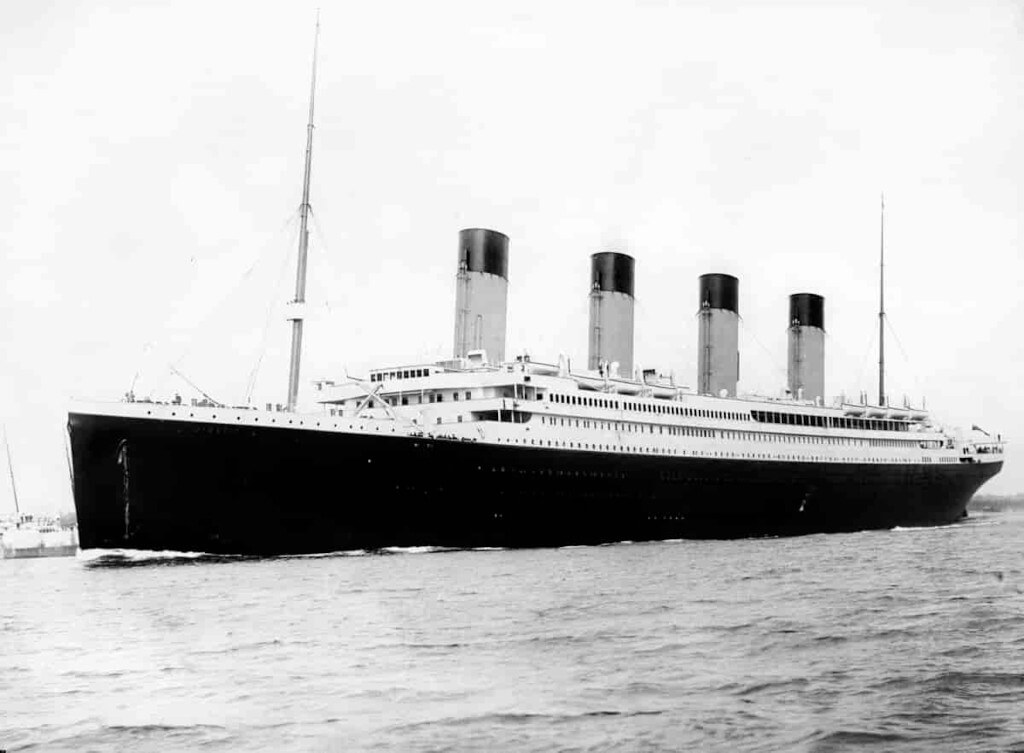What caused one to collapse while the other did not?
The world watched in horror when the Titan submersible violently exploded its route to see the Titanic. It sparked numerous discussions on economic stratification, the car’s shaky build quality, and the Titanic’s tragic past.
In addition, it raised many doubts concerning underwater implosion among the general public who are not trained in oceanography or physics. A common question asked by conspiracy theorists and bewildered members of the general public alike is why the Titan sank when the Titanic didn’t.
It is believed that the Titan submarine imploded in a matter of milliseconds at a depth of around 11,500 feet. The Titanic’s wreckage, on the other hand, is still visible on the ocean floor 12,500 feet above us.
To begin, please define “implosion” and “explosion” for me. Arun Bansil, a physics professor at Northeastern University, explained that although the force of an explosion acts outward, the force of an implosion acts inward. Deep in the ocean, water pressure exerts a force on a submersible’s exterior. When this force exceeds the strength of the ship’s force hull, the ship will collapse violently. University of Southampton professor Blair Thornton estimated the implosion’s force at 10,000 tonnes or roughly the weight of the Eiffel Tower.
If the Titanic Went to the Same Depths as the Carpathia, Why Did It Not Sink to the Ocean Floor?
It’s not hard to figure out why the Titanic was able to successfully navigate the ocean despite the pressure difference between its interior and exterior, given that it had both doors and windows.
The Titanic may have gone down in two separate implosions, according to the scholarly community. According to the findings revealed by Dave Gleicher’s team, sections of the ship’s stern and poop deck collapsed as it sank. However, the majority of the vessel was watertight, thus the remains were easily identifiable upon their initial discovery in 1985.
No one knows for sure what caused the Titan submarine, built by OceanGate Expeditions, to fail under the intense pressures of the deep ocean, although many experts blame the sub’s carbon fiber shell. Carbon fiber is a cutting-edge but as-yet unproven material for use in submarine construction. After two dozen dives, the Titan’s hull may have been breached, according to some. One small breach at great depth, like a pinhole in a balloon, can cause the entire ship to sink.
According to Katy Croff Bell, president and founder of the Ocean Discovery League, “It was very clear that these people were operating a submersible that was unsafe,” as quoted by NBC News.
In other words, “They were aware of it. Several times,” she continued, “they had been warned. We can only hope that this sort of incident never happens again and that people take this issue extremely seriously.
The Titanic and the Titan
In the wake of this disheartening incident, it’s critical to stress the profound significance of safety and advanced research in undertaking ambitious expeditions. The distinct fates of the Titanic and the Titan, two vessels navigating the same tumultuous seas, elucidate this.
The tale of the Titan teaches us that technological innovation isn’t foolproof. The Titan submarine, despite its modernity and advanced materials, fell prey to the crushing depths of the ocean, further underlining the profound respect we must have for the power of nature. This isn’t merely about using cutting-edge materials like carbon fiber; it’s about making sure those materials can withstand the extraordinary conditions they will face.
This incident serves as a sobering reminder of the risks inherent in exploring our planet’s last frontiers. As we plunge into the uncharted abyss of the ocean, we must remember to strike a balance between our ambition for discovery and the need for the safety and preservation of life.
In our pursuit of knowledge and adventure, we must prioritize the safety of those who dare to explore, using not just advanced technology, but also thorough testing and research, to prevent such tragedies. The Titan incident is a wake-up call, a call for meticulous planning, preparation, and implementation of safety protocols.
As we mourn this disaster, let it be a lesson that propels us forward, not a tragedy that holds us back. As we gaze into the unknown depths of our oceans, let us remember the Titan, using its story as a guiding light for safer, more responsible exploration. For, as we’ve seen, the sea reveals its secrets only to those who approach it with respect, caution, and care.
About the Author:
Edmore Nkosi is a riveting South African journalist, specializing in entertainment and current affairs. With his unique ability to blend pop culture with real-world events, Edmore has carved a niche in providing captivating narratives that resonate with a diverse readership.




